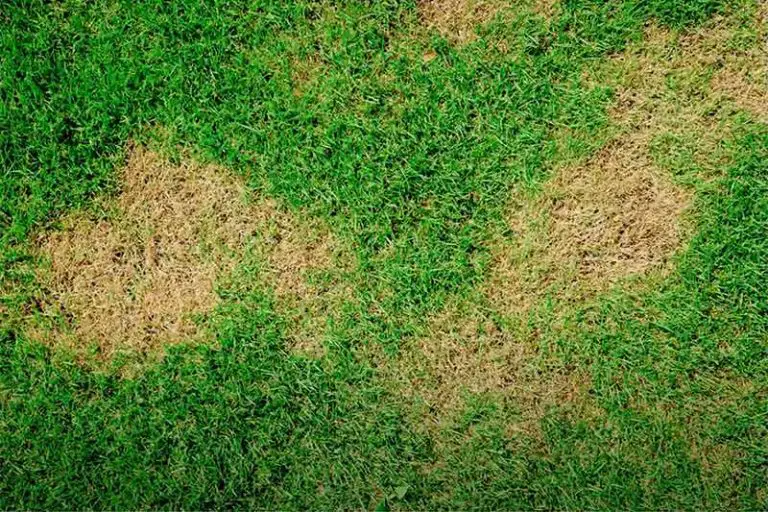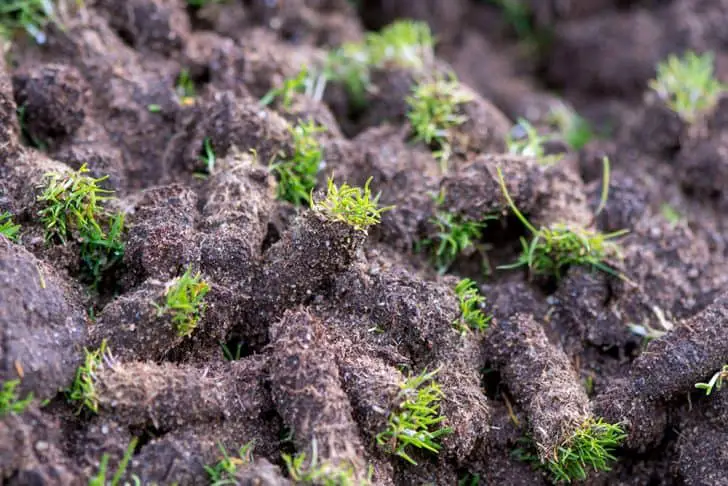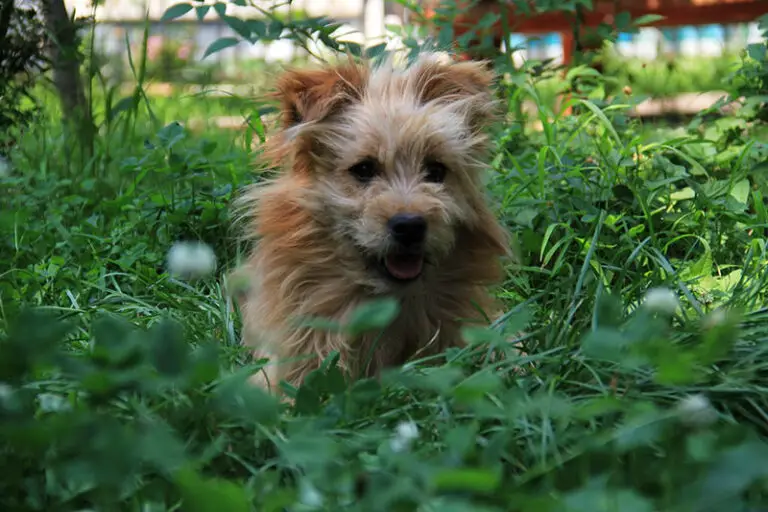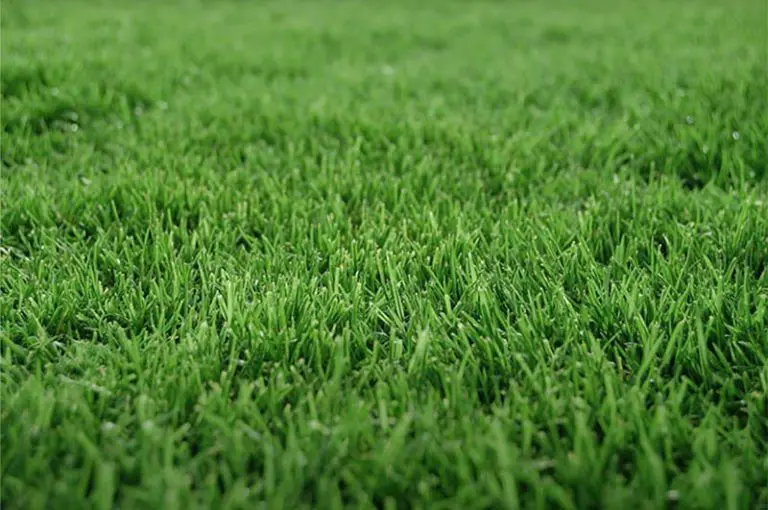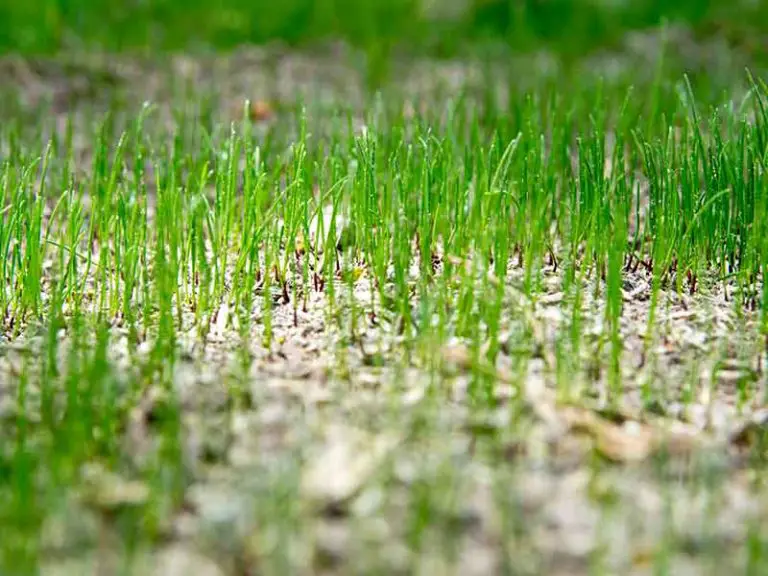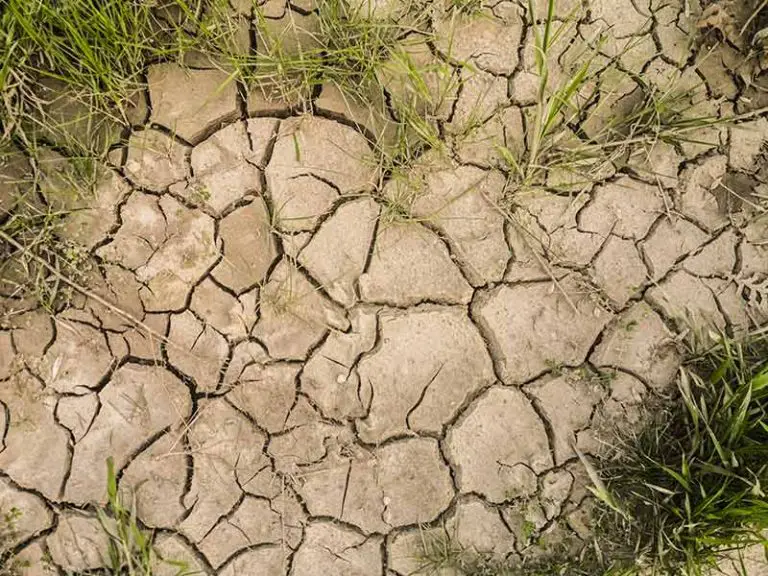Mixing Grass Seed and Top Soil: What You Need to Know
Generally speaking, you shouldn’t mix grass seed with topsoil, nor should you use topsoil to cover grass seed. Topsoil is too heavy of a medium for young tender seedlings to push through during their early stages of growth. Your grass seed also requires sufficient access to direct sunlight to trigger and sustain its growth; a layer of topsoil can block your grass seeds’ access to the sunlight they need.
Why Do Grass Seeds Need Access to Sunlight?
Along with water, air, and the correct temperature, sunlight is one of the four essential conditions necessary for seed germination. Grass seeds need access to direct sunlight during germination as it is their source of energy; both young and mature grass plants need a minimum amount of daily sunlight to grow and thrive.
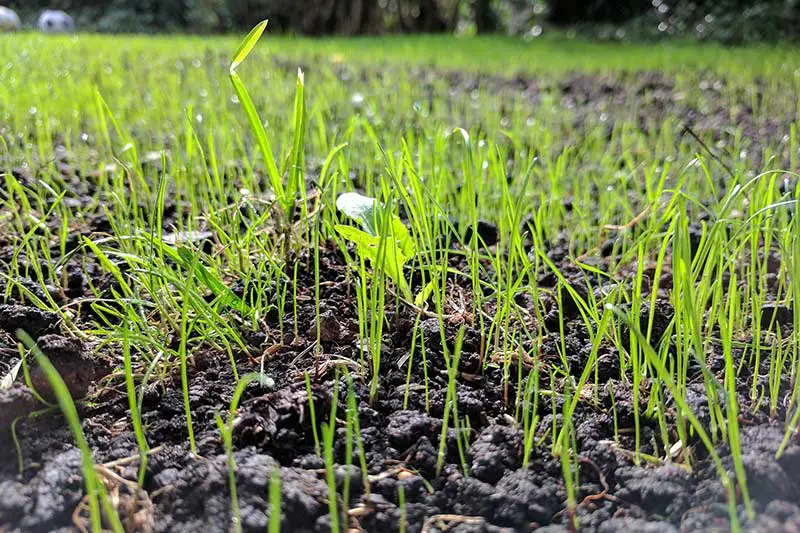
Grass seeds have an outer husk that contains a grass embryo and stored nutrients. In favorable growing conditions, germination starts with the grass seed absorbing water; when the seed absorbs enough water, it will open, exposing the inner contents to the sun. The sunlight then triggers the seed to begin photosynthesizing. During germination, the grass seed will initially grow roots before later sprouting blades.
How Deep in the Soil Should You Plant Grass Seed?
For successful germination, the recommendation is to plant grass seed at a depth of about ⅛ to ¼ inch below the soil surface. The seed should be partially uncovered; after the planting process, you should only be able to see about 10% of the seed above the ground.
It’s important for the grass seed to have sufficient seed-to-soil contact without being completely smothered. The grass will fail to establish itself if too little of the seed is making contact with the soil; on the other hand, the seed will fail to germinate if it is buried too deep. With this in mind, you must pick an appropriate way to plant and protect your seed to see the highest germination rate.
Should I Put Down Topsoil Before Planting Grass Seed?
If you want to add fresh topsoil to your new lawn, you should do so before planting grass seed. This is a great way to achieve an even planting bed with high-quality soil in which your grass seedlings can grow. You will then need to amend and aerate the fresh top soil before seeding.
When planting grass seed, you must sow the seed onto a level planting area full of bare soil rich in nutrients and live organisms. You can create this ideal planting area by adding fresh topsoil, before amending it with organic matter. Till the organic matter 4 inches deep into the fresh topsoil to create a fertile growing environment for your seed. Remember to grade and level the soil to ensure your new lawn drains properly and is free of dips and mounds.
As a final step in preparing your soil for grass seed, you should core aerate the planting area. A core aerator is a tool similar to a rake, having a handle and hollow tine at each end. This tool pulls 2-inch plugs of soil from your lawn to leave it filled with small holes throughout. The holes left behind from the aeration process provide the ideal amount of coverage for grass seed; consequently, they improve seed-to-soil contact and germination rates by allowing the seed to fall deeper into the turf.
Should I Mix Grass Seed with Top Soil?
In short, it generally isn’t advisable to mix grass seed with topsoil. There’s a common belief that mixing grass seed with topsoil will improve germination rates and protect the seed. However, mixing grass seed with topsoil will only hinder the growth of your new seedlings.
Grass seeds are small, and, during the early stages of germination, the seedlings are tender and weak. Due to their small size and oblong shape, grass seeds have a challenging time pushing through a heavy growing medium like topsoil. You therefore risk suffocating your seedlings before they have a chance to establish themselves.
Should I Cover Grass Seed with Top Soil?
No, you shouldn’t cover grass seed with topsoil. For the same reasons as we’ve stated above, using topsoil to cover grass seed will only stunt the growth of your new grass. Topsoil is too heavy a medium to use as a grass seed cover.
With that said, there are many substances you can use to cover grass seed that will enhance the germination process. Although grass seed can grow uncovered with sufficient care, it’s best practice to provide them with coverage. Neglecting to do so will leave your grass seed more vulnerable to the elements; it’s more likely to be blown or washed away, affected by temperature fluctuations, or eaten by birds.
Instead of using topsoil to cover grass seed, you should use a thin layer (no more than ¼ inch) of straw, compost, or an alternative organic or homemade mulch. This mulch layer will protect your grass seed from external elements like the weather and hungry wildlife. Also, the mulch layer will act like a slow-release fertilizer as the organic materials decompose over time.

What’s the Best Topsoil for Grass Seed?
The best topsoil for grass seed is one rich in organic matter or humus, having a well-aerated and moisture-retentive structure. Over the first few weeks of germination and establishment, grass seed requires a growing environment that’s well-aerated and consistently moist. The topsoil should possess the right structure to provide your grass seedlings with these conditions.
Soil structure is determined by the particle make-up of the soil; sandy soils have sand particles, clay-heavy soils have clay particles, and loamy soils have a balance of particles from all soil types. While sandy soils are naturally well-aerated, they have poor moisture retention properties. Clay-heavy soils, on the other hand, have poor aeration, can hold onto too much moisture, and are more prone to compaction.
The best type of soil for grass growing is loamy soil. Loamy soils are made up of both sand and clay particles, giving them the best growing qualities of both soil types. They are naturally well-aerated while being able to retain sufficient moisture to support the high water requirements of new grass.

